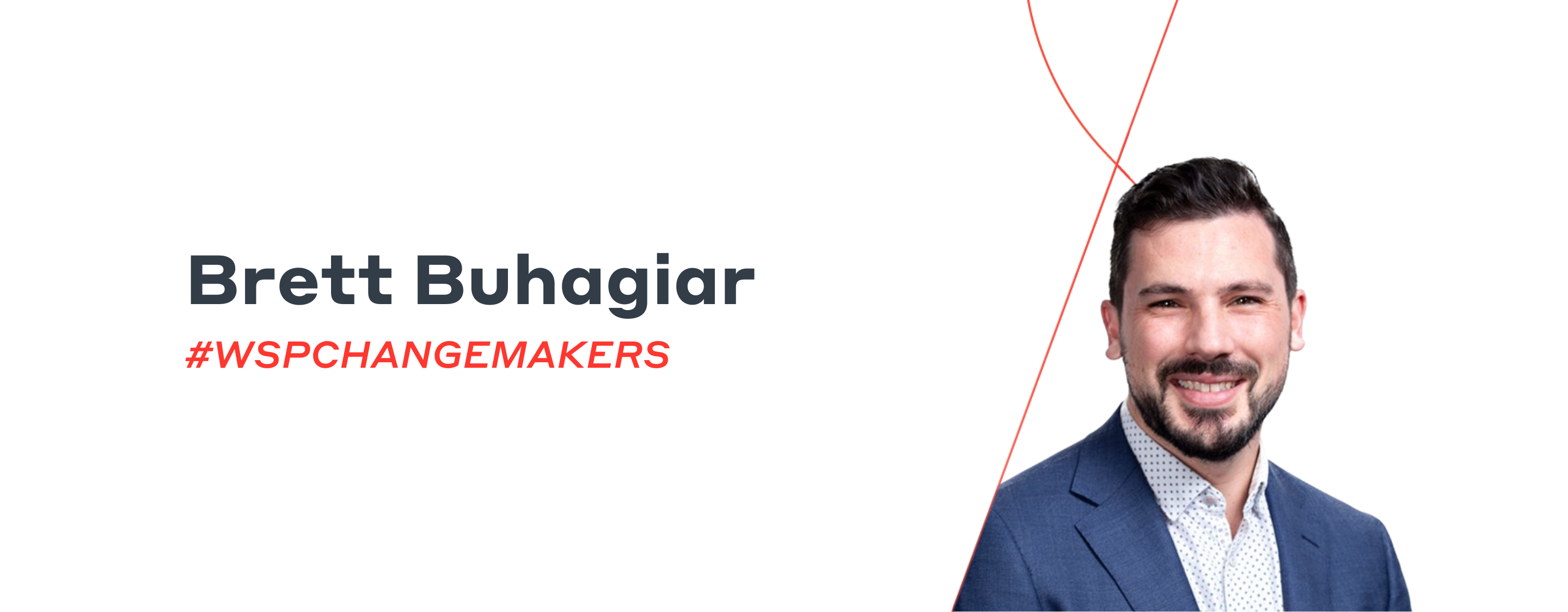We are locally dedicated with international scale.
Africa
-
South Africa
Middle East
-
Kuwait
-
Oman
-
Qatar
-
Saudi Arabia
-
United Arab Emirates
We are locally dedicated with international scale.
Africa
-
South Africa
Middle East
-
Kuwait
-
Oman
-
Qatar
-
Saudi Arabia
-
United Arab Emirates

Brett Buhagiar, WSP's Digital Engineering Operations Lead is passionate about using digital technology to help organisations run more effectively, and make projects more efficient, effective and sustainable.
Transcription:
My role at WSP is as the Digital Engineering Operations Lead. So part of my day to day is providing, services and professional advice to our clients on how to best implement digital engineering practices within their organisations.
Starting as a young engineer out on site, after I first graduated, I saw a lot of opportunities and wasted resource time spent on manually translating data and using 2D drawings where we had these volumes of information available through the digital tools that were being produced. They just weren't being utilised downstream after the design process.
One of the highlights of working with the WSP Digital team is being surrounded by a broad spectrum of different experiences and capabilities from our software engineering team and platform development teams to our geospatial, visualisation, digital engineering, and data, and analytics.
I really enjoy my role at WSP because it gives me the opportunity to support our clients and our internal teams in how to actually become more effective and efficient in the way they do their work. Something I'd like to see change in our field is the use of not only the 3D geometry that comes from our design models and our design process, but also the data that's hidden behind it.
There's a lot of work that we could do to leverage that information to support things like sustainability and carbon accounting processes. Rationalising how we actually utilise models for cost estimating and procurement downstream. Looking at all those benefits we actually can get from the data that often hides behind 3D shapes, but actually start using it in a more insightful fashion.
I think there's still a lot of room for our industry to start benefiting from digital technology, particularly in areas where we can make what once was specialist roles become more of a generalist skill open to most of our designers. A really important area is things like carbon, opening the doors for our designers to actually understand the carbon impact of their designs as they are designing them really enables us to have better outcomes at the end of a project. Without digital technologies, we just don't have a way of seeing this come to fruition.
Implementing a standardised carbon accounting process into our design process will actually help us in, in two things by connecting to the Future Ready trends, both the climate and the technology. We're starting to make sure we're leveraging the technology that is available to us to actually have a beneficial outcome for the climate, specifically through being able to measure and reduce carbon footprints in our designs, prior to us going ahead and building those solutions.
.png)